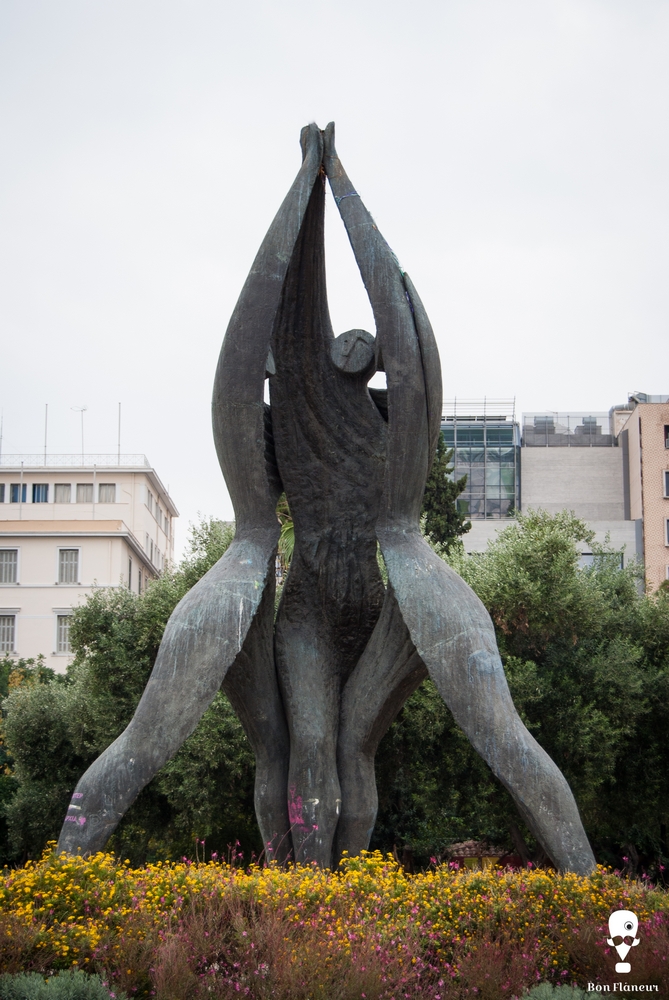National Reconciliation
The "National Reconciliation" is a 8-metre brass sculpture that symbolizes the reconciliation of Greeks after the civil war.
Location
Timeline
Modern and Contemporary era (1821 - )
1987 Announcement of contest. The sculpture was made by Vassilis Doropoulos.
1989 The sculpture was placed.






Share